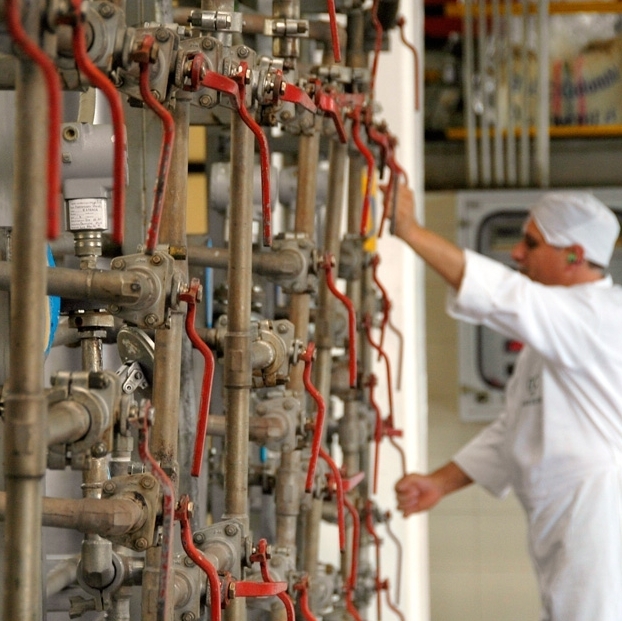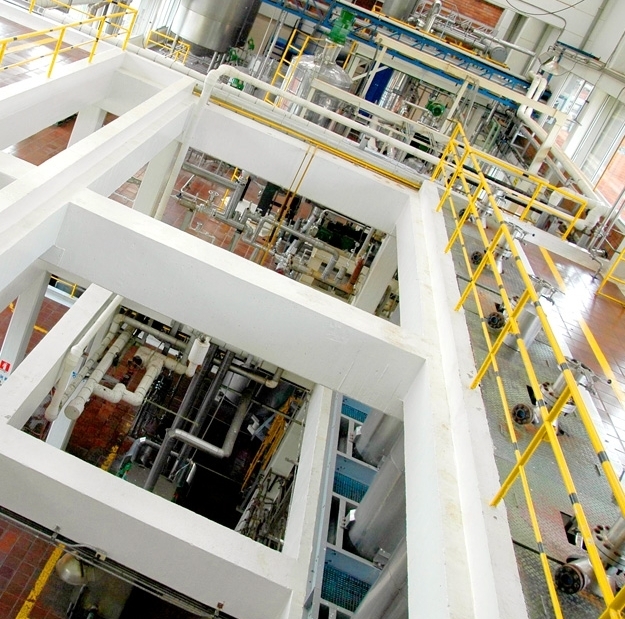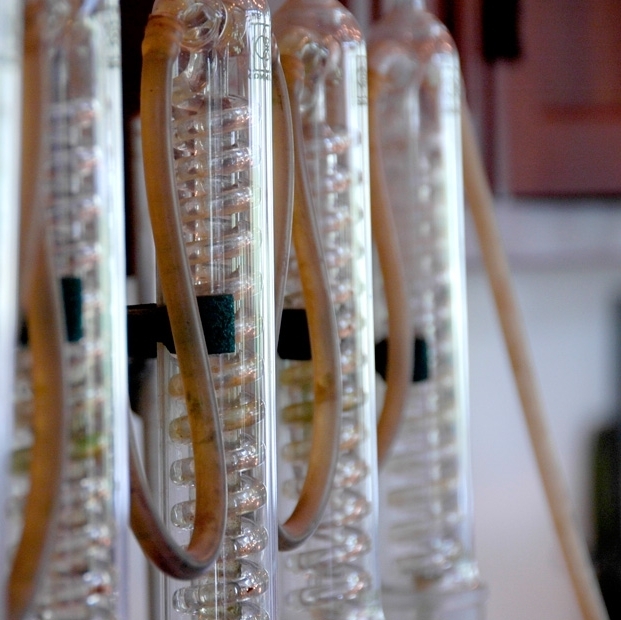Decaffeination Process Sugarcane NEA. Natural Process.
This process happens at a decaffeination plant in Manizales, Colombia.
Natural Ethyl Acetate is derived from sugarcane which when combined with fresh spring water strips caffeine from the coffee.
The method used to decaffeinate with Ethyl Acetate is a chemical-free process in which no additional substances come in contact with the coffee.
The delicate process of decaffeinating begins at the pre-treatment step by steaming the green coffee beans with low pressure steam to remove the silver skins.
The coffee is moistened with hot water to swell and soften the beans and start the hydrolysis of caffeine which is bonded to salts inside the beans.
At the decaffeination extraction phase the Ethyl Acetate s is recirculated through the pre-treated coffee beans multiple times until at least 97% of the caffeine is removed.
Low pressure saturated steam is then applied following the extraction process to remove any traces of the Ethyl Acetate.
The coffee is then vacuum dried to remove water previously applied in the pre-treatment process to adjust the final humidity value between 10% and 12%.
Coffee is then cooled to ambient temperature using fans.



